
 |
 |
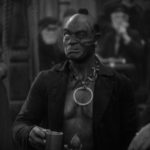 |
| Captain Ahab John Barrymore |
Faith Joan Bennett |
Queequeeg Noble Johnson |
| Released by Warner Bros. Directed by Lloyd Bacon Run time: 77 minutes |
||
Proof That It’s a Pre-Code Film
- “I’ll be 18 next Tuesday!”
“Then I’ll see you Wednesday!”
- [checking out Ahab’s tattoos] “Where’s my name, dearie?”
“On the seat of my pants!”
- “Aw, go f–“
- “The nearer to hell you get [the crew] from, the better!”
Moby Dick: Call Me Ahab
“The water never brought me any luck. And I’m not going to give it the chance!”
Moby Dick is the story of an crippled madman’s single-minded quest to avenge himself on a large white whale. As far as I can tell, this is the main similarity between the book Moby Dick and this 1930 Warner Bros. film version.
Time to come clean: I’ve never actually seen any other version of Moby Dick. My attempts to read the book have been futile. Every time I thought I recognized a trope from the film, it turned out I was actually thinking of Muppet Treasure Island. The closest I’ve come to Melville’s classic is reading In the Heart of the Sea, a story of the whaling ship Essex that was wrecked by a large whale– it’s also the subject of a stone monument that Ahab pays no heed to in the film, though, considering its framing, he really should. That story obviously inspired Herman Melville, and the book itself is a fascinating read, deeply instructive in the history of whaling as well as who gets eaten first in a survival situation.
So I will not be making a laundry list of how this version differs from the book, even though I, as a an obvious novice, know that its bizarre to drop a character named ‘Ishmael’ when the first line of the book points out precisely who he is.
But not all adaptations need be faithful, and some can completely divert themselves from the source material to tell a story that seems more relevant to the time they’re made in. By taking Captain Ahab and injecting in him the personality of one of John Barrymore’s many rogues, the movie is livened up. It becomes an almost swashbuckling tale of a carefree man rendered impotent and scared. He’s then set to avenge himself on the mysterious elements of nature and regain a measure of dignity in a world where little of it exists.
Barrymore plays Ahab Ceely out of New Bedford. The film starts with him gallivanting around the crow’s nest like an acrobat, a lively fellow with a girl in every port and an armful of scandalous tattoos. His return home after another long sea voyage is met with a disapproving glare from his uptight, Puritan-minded brother Derek (Lloyd Hughes) and a bit more interest from the pastor’s daughter, Faith (Bennett). Despite Derek’s interference and harumphing, Ahab and Faith fall in love, with her promising to remain true as he heads out on another whaling voyage.
Three years at sea and Ahab finds himself wrestling with Moby Dick. The whale chomps on Ahab’s leg, and it is replaced by a peg leg, which is treated as a stark humiliation. Returning to New Bedford, Faith recoils at the sight of her legless lover, and Ahab sinks into despondency, plotting revenge on the whale that destroyed his happiness.
This involves spending nearly a decade saving up money, buying his own ship, and stalking the whaling waters, accompanied by his shaman, Queequeeg (Johnson). He becomes a legendarily nefarious captain, so much so that he has to shanghai a crew to have any at all. One stop even has him kidnapping Derek, despondent after Faith continues to refuse his own advances, resulting in a showdown in the middle of a thunderstorm on the deck of the ship. It’s exciting, as you can imagine.
Spoilers.
After Queequeeg breaks Derek’s back (is Derek really a character from the book? ‘Derek’?), Ahab is free to finally harpoon Moby Dick. The final confrontation is a bit anti-climactic, as the whale special effects look stiff and dated, especially compared to the work on King Kong three years hence. But, hey, John Barrymore gets covered in a geyser of blood, so that works.
Victorious (?!), Ahab returns to New Bedford and finds Faith still waiting for him. This proves you can go on a decade-long rampage of revenge and cruelty, sacrificing lesser men and even killing your own brother, all in the name of avenging your own impotence. Barrymore plays their reunion splendidly, as if awakening from a daze. He’s finally regained his humanity.
End spoilers.
Taking away the idea that fidelity to Moby Dick is of any importance to a film called Moby Dick, the Barrymore motion picture is a lively, beautifully shot production. The film paints a rambunctious portrait of Ahab before it sweeps the carpet out from under him and forcing him to redefine the paradigms of his life and career. While the sheer latitude it affords the character is ridiculous, Barrymore possesses the range to make it work. From a jolly drunken bon vivant to the seaboard version of Mr. Hyde, his charm radiates and keeps the picture grounded.
Director Lloyd Bacon also does some clever camera work, keeping Moby Dick more often than not a haunting phantom. As the story of a man fighting against cruel fate, Moby Dick is a peon to the powerless oppressed and man’s triumph over nature. Just don’t expect, you know, Moby Dick. Or Muppet Treasure Island either, for that matter.
Screen Capture Gallery
Click to enlarge and browse. Please feel free to reuse with credit!
Other Reviews, Trivia, and Links
- There’s an abbreviated trailer for this one in the TCM Media Room, featuring just the graphics and no film footage. Don’t ask me why.
- A remake of 1926’s The Sea Beast, also starring Barrymore and also playing fast and loose with the Moby Dick source material. This version was also set to star Barrymore’s wife, Dolores Costello, before pregnancy sidelined her.
- TCMDB outlines the differences between the book and the film version, for anyone who needed to know:
The creation of a love interest for Captain Ahab is one of many liberties the Warner Bros. screenwriting team take with Melville’s book in both of the Barrymore screen versions. In this Moby Dick, Ahab’s motivation for hunting down the whale is simple revenge, since the creature has destroyed his romance with Faith by causing him to lose a leg. The book’s famous first-chapter opening line, “Call me Ishmael,” is gone since the character of Ishmael has been eliminated. The script even dares to substitute a different beginning for the novel and attribute it to Melville! Other added elements include an evil brother who wants Faith for himself, and a completely different ending.
- One of my favorite writers, John D’Amico at Homages, Ripoffs and Coincidences, is a big Melville buff, and dissects the movie with aplomb:
We spend a firm forty minutes on land before taking to whaling, and the actual hunt for Moby Dick that constitutes the novel is less than twenty minutes, almost exactly one quarter of the film’s 80 minute running time. That means that a firm 75% of this film is an original work. It’s sort of an alternate Moby Dick, one which takes some character sketches and plot mechanics and weaves its own story from that. […]
In the novel, the whale’s color is a powerful and constant metaphor for Ahab’s all-consuming vengeance, but Ahab is not really consumed by vengeance in this film. His great anguish comes not from the act of losing his leg to the whale but from his fiance’s supposed rejection of him (long story involving a sinister brother trying to get in it). So therefore, the act of killing Moby Dick is about reestablishing his masculinity in this film, as opposed to the all consuming “for hate’s sake” suicide spiral it is in the novel. Cutting up the whale, conquering it totally to the very flesh, is supremely important. Lloyd Bacon’s whale hunt was a bullfight, and John Barrymore’s Ahab (often showing off his raw athleticism) was the matador. […]
In all candor, though [John] Huston’s [1958] Moby Dick is better Melville, Lloyd Bacon’s is better cinema. It’s a good showcase for Barrymore’s stuntwork and natural charm. It recasts the story as one of man’s triumph over nature, which sort of an arrogant 1930s thing to do, but it’s honest with itself and it’s not hard to latch onto.
- Mordaunt Hall’s contemporaneous New York Times review is enthusiastic:
With all the liberties taken with the original story, this current contribution sustains the interest famously. It is a well-knit tale of the men who went down to the seas in whaling ships and when one hears the man in the main top shouting, “Thar she blows!” it creates a thrill such as the screen is seldom capable of affording.
- Kendall at A Classic Movie Blog calls it, “one of those adaptations that is better appreciated if you don’t concern yourself too much with the source material.”
- In a guest post over at Out of the Past, guest poster and Melville scholar Mark Beauregard talks about why the film is the way it is:
This first-ever talkie Moby-Dick was a remake of Barrymore’s own 1926 silent version, a wildly popular film called The Sea Beast, and neither movie cared a fig for the actual plot of Melville’s book, because by 1930, almost no one had read it. Melville’s great American novel was a commercial and critical flop when it appeared in 1851, and it disappeared from the public imagination for more than seventy years, until it was revived with a new edition in 1924. When The Sea Beast appeared, Melville’s book had only just been rediscovered and hadn’t yet entered the American popular imagination, so Barrymore and his crew used the epic quest of the mad Captain Ahab merely as a point of departure for a star-powered romance[.] […]
[F]or us modern viewers the fun in this Warner Archive release is how it transports us back to a time when America’s cultural touchstones were different. No one had read Moby-Dick, no puckish marijuana grower had named a potent strain of weed after Ahab’s leviathan, and no journalist would even think of writing about a politician’s White Whale—no one would know what it meant!
Awards, Accolades & Availability
- This film is available on Amazon thanks to Warner Archive. Cheers to Warner Archive for providing a review copy of this film.
More Pre-Code to Explore
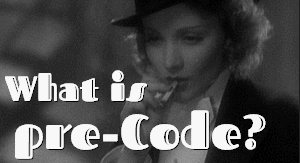

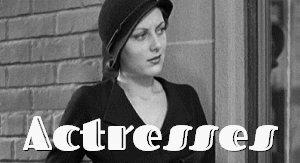
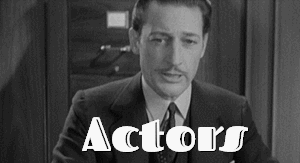
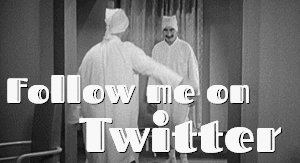
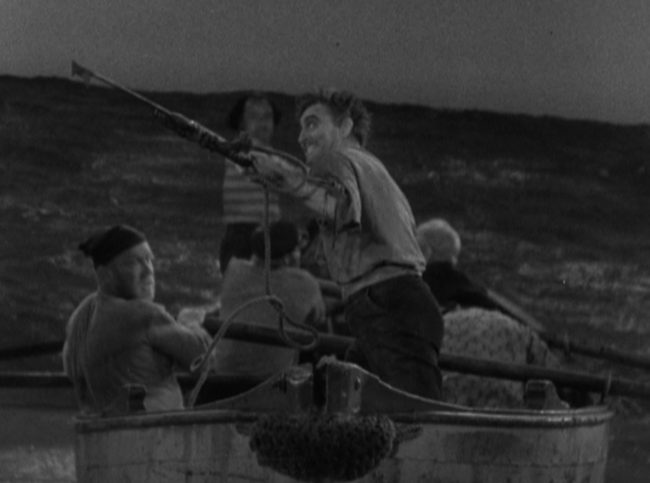
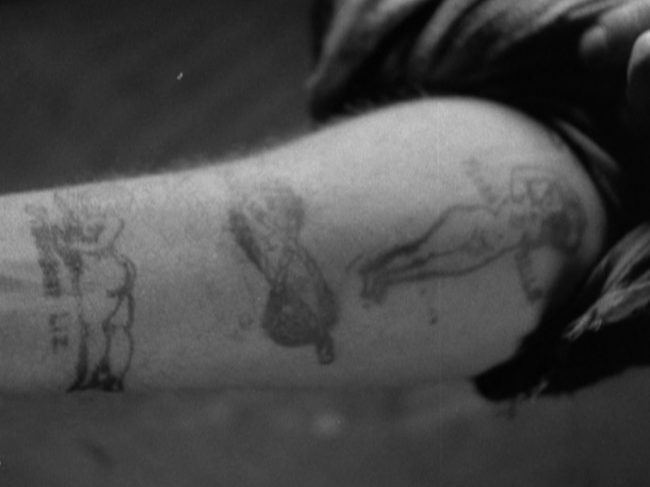
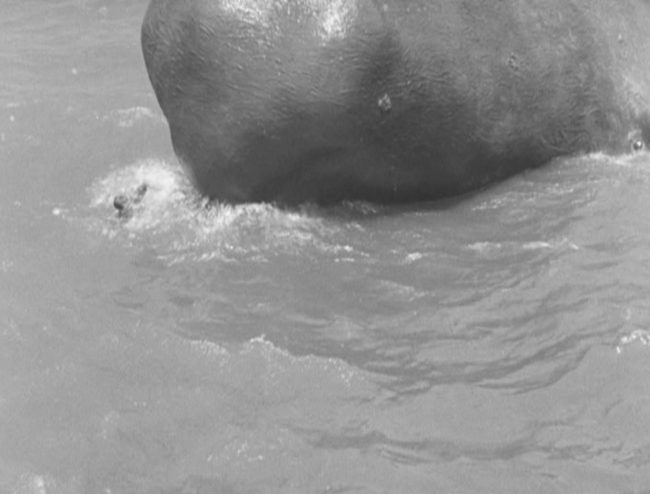
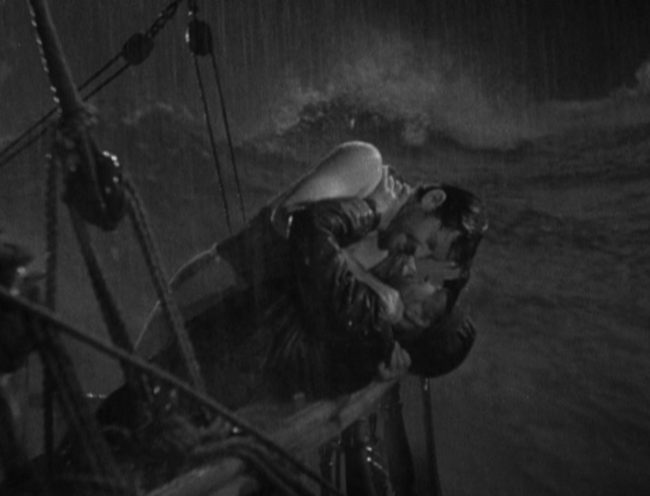
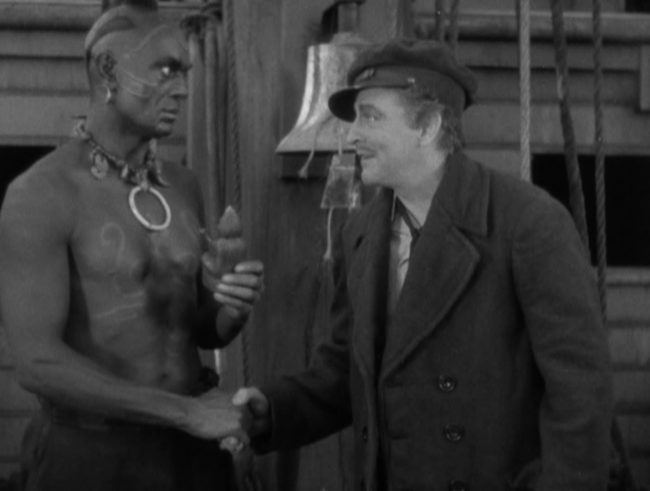
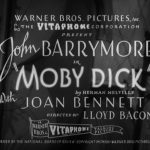
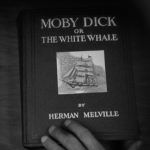
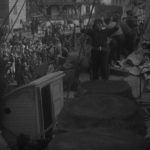


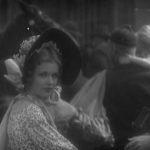

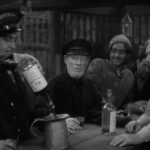
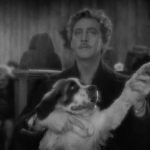



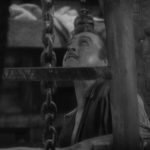

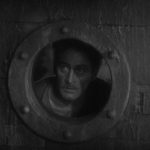

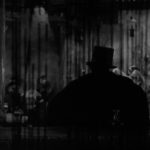
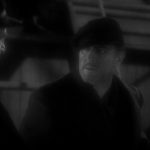
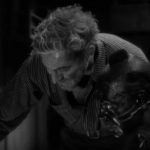
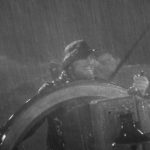





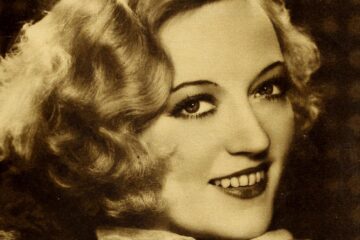
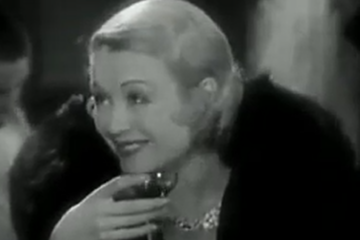
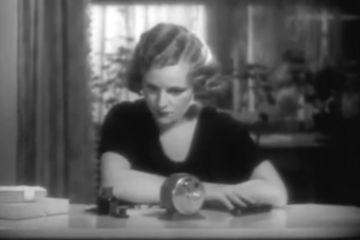
3 Comments
Terence · March 16, 2019 at 3:22 pm
>>>No one had read Moby-Dick, no puckish marijuana grower had named a potent strain of weed after Ahab’s leviathan, and no journalist would even think of writing about a politician’s White Whale—no one would know what it meant!<<< You left out the John Bonham drum solo.
Patricia G · March 18, 2019 at 9:24 am
I read Moby Dick (rather enjoyed it, in fact). There’s no Derek or Faith, or happy ending for Ahab in the book
gwt10 · March 31, 2020 at 11:00 pm
Well there’s always the 1956 film that’s barely mentioned here and still highly regarded.
This one might be interesting, though…
Comments are closed.